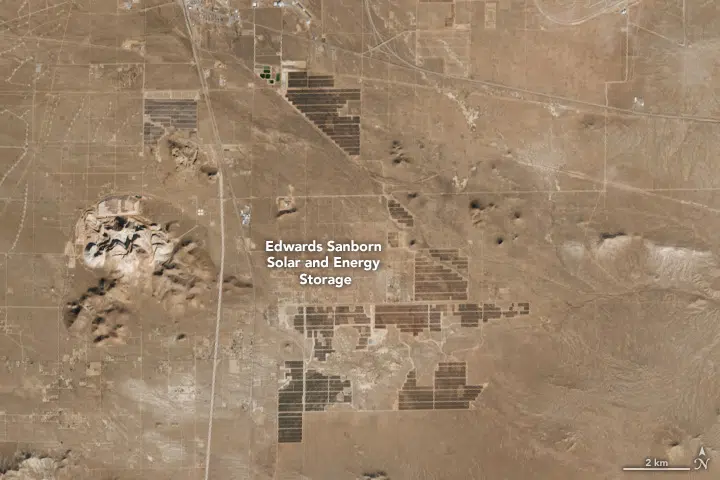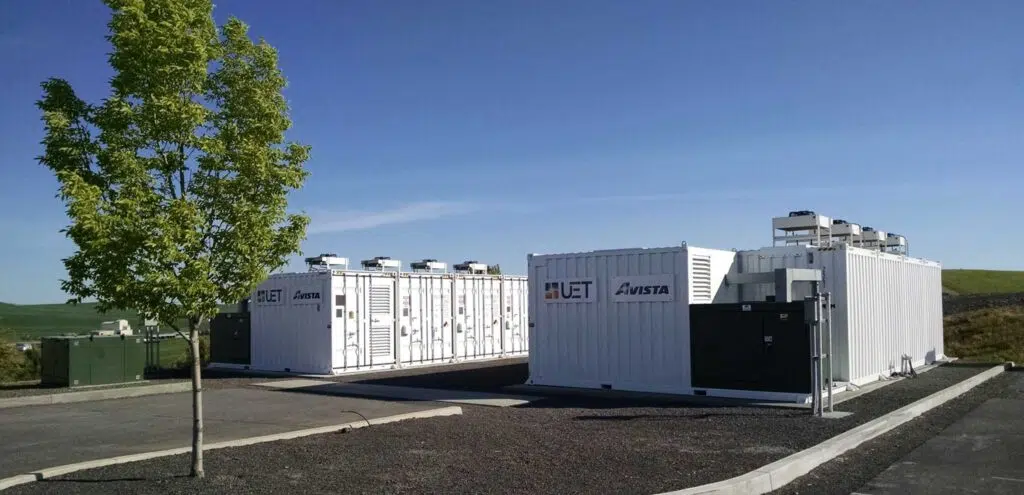There's plenty to cheer about: In 2022, renewable energy sources surpassed coal-generated electricity in the United States for the first time ever. The previous year, renewables overtook nuclear power. By 2050, the International Energy Agency (IEA) predicts that renewables will account for 44% of U.S. electricity production, with solar contributing more than half of that.  While these are encouraging trends, there’s still a hurdle to overcome. Many renewable energy sources—such as solar and wind—are intermittent and unpredictable compared to traditional fossil fuels. This means energy needs to be captured and stored for later use.  If you’re thinking of batteries when you hear the words “energy storage,†you’re on the right track. Lithium-ion batteries play a critical role in integrating renewables into the grid, as well as balancing the load on the electrical grid. Their usage has skyrocketed recently thanks to the rise of Battery Energy Storage Systems (BESS), which are large-scale facilities capable of covering up to 4,600 acres and storing up to 3,300 megawatt-hours (MWh).  Given their vast size and remote locations, BESS facilities present unique opportunities for solar-powered solutions. In this article, we’ll explore the current and future state of BESS, discuss some of the challenges involved in lighting these facilities, and explain why solar lighting is the ideal choice.   A BESS functions a bit like a savings account. You can “deposit†energy into it, store it for later, and “withdraw†it when needed. Energy deposits can come from renewable sources such as solar farms or wind turbines, or even from the grid during off-peak hours.  Unlike a regular battery, a BESS consists of multiple battery modules, along with additional components like inverters (to convert direct current to alternating current), a battery management system (to regulate energy flow), and various sensors (to monitor performance and conditions). These components are usually housed inside structures resembling shipping containers.    Since the early 2000s, approximately 460 BESS facilities have been constructed across the United States. This number is expected to grow further as electric vehicles, artificial intelligence, and smart devices become increasingly prevalent. The Inflation Reduction Act (IRA) has provided an added boost to BESS development, offering a 30% investment tax credit for projects—something that also applies to solar lighting installations!  >>Check out the timeline of battery storage plants in the U.S. (Click on any point to view its details)<<   Similar to solar farms, military bases, and industrial complexes, BESS facilities often span hundreds or even thousands of acres (Florida Power and Light’s Manatee facility covers an area equivalent to 30 football fields). These expansive BESS facilities frequently include secure perimeters and a variety of infrastructure—roads, parking lots, access points—that all require reliable, high-quality lighting to ensure the safety of staff.  Moreover, many BESS facilities are located in remote areas that are difficult to access, such as the recently opened Edwards & Sanborn facility in the heart of the Mojave Desert. Conventional wiring methods for lighting these sites are neither practical nor cost-effective. Digging trenches near toxic, explosive materials, laying cables, and dealing with labor, material, and equipment costs would drive expenses sky-high.  Source: NASA Earth Observatory highlights the typically remote locations of BESS facilities.   Solar lighting offers a fast, flexible, and minimally intrusive way to address these challenges. Since it operates independently of the grid, solar lighting systems can be installed wherever light is needed without requiring trenching or cabling. Some models, like Sol’s all-in-one iSSL systems, can be set up in under 15 minutes using simple tools.  After installation, solar lights provide numerous advantages, such as energy savings, long service life, and minimal maintenance. As they are not connected to the grid or the BESS itself, they generate their own power and eliminate recurring utility costs. High-capacity batteries and durable fixtures drastically reduce replacement frequency, while self-cleaning, frameless photovoltaic panels make maintenance virtually nonexistent.  Lastly, solar lighting aligns perfectly with the mission of BESS facilities, which are at the forefront of the renewable energy transition. Solar lights symbolize environmental awareness and commitment, showcasing progress toward carbon-free energy grids and hinting at a cleaner future ahead.   Do you have a BESS facility—or another project—you’d like to talk about? We’d love to hear from you!  Football Turf,Football Artificial Grass,Landscape Football Artificial Grass,Sports Artificial Grass Yantai UVT Sports Co.,Ltd. , https://www.uvtgolf.comWhat is a Battery Energy Storage System (BESS)?
BESS: Growing Bigger and Better
Challenges of Lighting BESS Facilities

A Sustainable Solution: Solar Lighting
Why solar lighting is best for BESS
```html
```
Contact us

